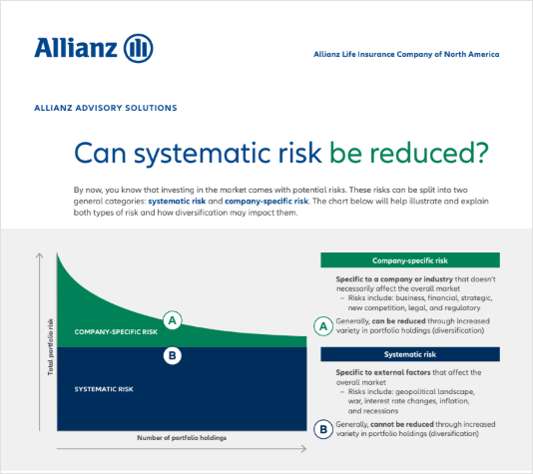For someone in the private long-term care insurance (LTCI) community, one of the interesting things about the television series Mad Men is that the lead character, Don Draper, could easily be a longtime LTCI policyholder who is now filing a claim.
Mad Men is about go-getter executives who were starting an advertising agency in New York in the 1960s.
Don Draper was a young, affluent entrepreneur who would have tried selling advertising agency services to the companies that were developing the modern U.S. LTCI industry back in the 1960s and the early 1970s. If he persuaded the underwriters to overlook his drinking and smoking habits, he could have bought a policy with lifetime benefits and generous inflation protection.
If he kept up his premiums and overcame the effects of all of that drinking and smoking on life expectancy, he might now be moving into a nursing home. His daughter, Sally, could be going through his papers, discovering interesting facts about his family history and trying to make sense of his LTCI paperwork.
Once she learned the truth about her father's identity problems, would she have the energy to track down all of the paperwork needed to document that her father needed help with two activities of daily living? Or to show that facility he was using met the carrier's long-term care (LTC) facility requirements?
Would she even have the energy to call up the LTCI carrier and start the process of filing a claim in the first place?
Maybe — but maybe not.
Wendy Rinehart, president of ClaimJockey Inc., an LTCI claim assistance firm, got into that business in the first place because she discovered that families of LTCI policyholders often have a difficult time coping with the paperwork involved with filing claims.
Rinehart has been selling LTCI coverage since 1997.
When one woman who had private LTCI coverage helped her husband enter a nursing home, "she was overwhelmed by all the things she had to do," Rinehart said in an interview.
The woman dialed the telephone number of the LTCI carrier but hung up without even starting to file a claim. Five years later, the woman called Rinehart and asked for help. Rinehart helped her.
Later, Rinehart's brother needed LTC services at a young age because of cancer. When Rinehart tried to help her sister-in-law file an LTCI claim, she called the carrier, burst into tears, and had to hang up.
When she called back, she said, the claim rep gave her inaccurate information that could have led her not to file a claim if she knew less about how the LTCI policy worked.
Her firm now provides basic advice to LTCI policyholders for free, then charges the policyholders when its staff gets involved with calling insurers and providers. The firm gets some business directly from consumers and some from LTCI agent referrals.



